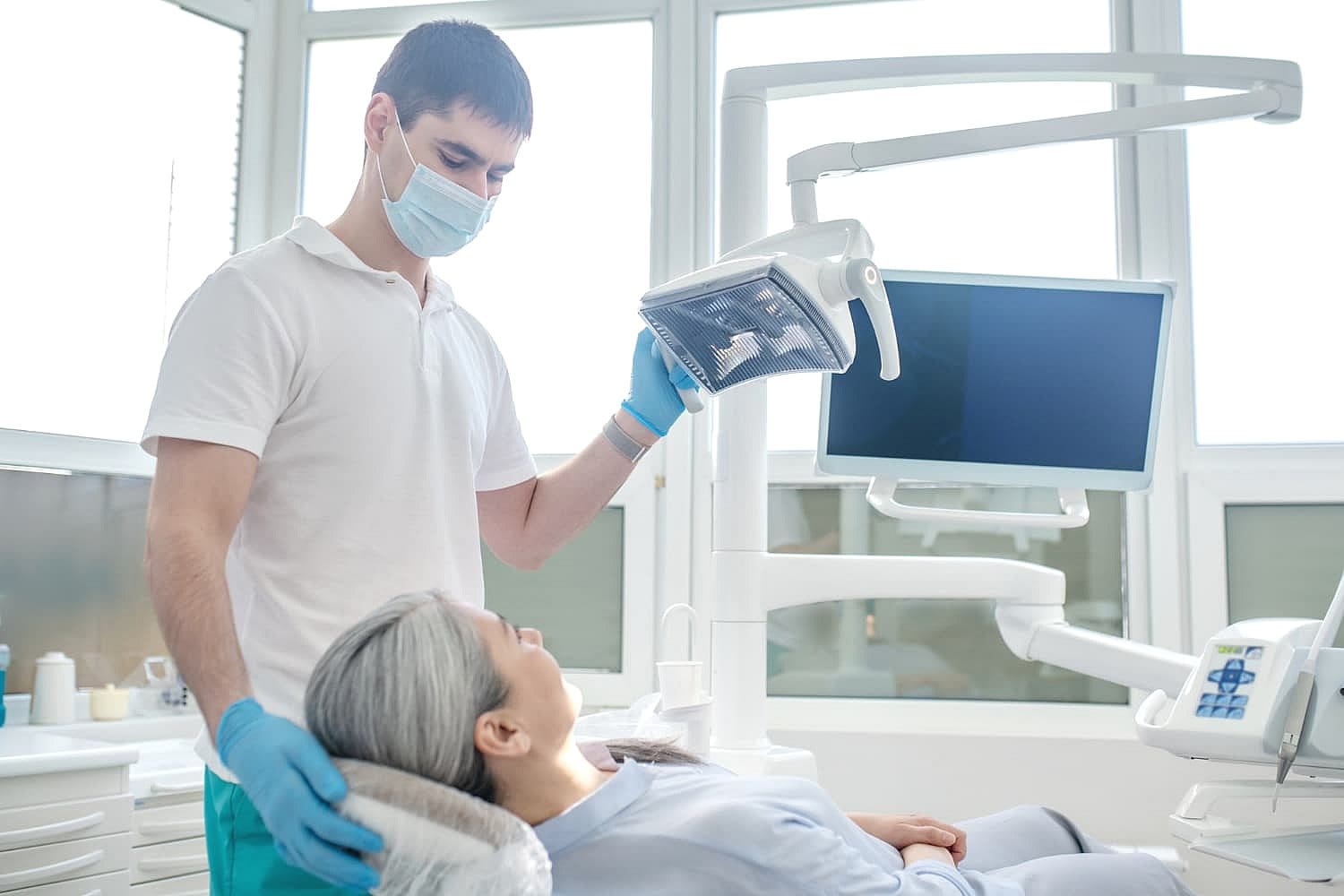
Jaw Surgery in San Antonio TX: A Comprehensive Guide

Introduction to Jaw Surgery Orthodontics
What is Jaw Surgery?
Purpose of Jaw Surgery
Jaw surgery addresses both practical challenges and aesthetic concerns for those with jaw irregularities. It plays a crucial role in improving oral health and overall mouth function.

Improving functionality
Enhancing appearance
Importance of Jaw Surgery in Improving Oral Health and Facial Aesthetics
The Role of Jaw Surgery in Oral Health
Misaligned jaws can create difficulties in daily activities. With jaw surgery, some common issues can be resolved:
The Role of Jaw Surgery in Facial Aesthetics
A properly aligned jaw plays a key role in enhancing facial symmetry and achieving profile balance. Through correcting structural concerns, jaw surgery can bring about:
Common Conditions Requiring Jaw Surgery
Malocclusion Correction
with Jaw Surgery
Malocclusion, commonly known as a “bad bite” happens when the upper and lower jaws don’t align properly, leading to issues with both oral function and aesthetics. In more serious cases, corrective jaw surgery may be necessary.
Types of malocclusion
Addressing these problems enhances chewing, speech, and facial balance while helping to prevent long-term oral health concerns such as gum disease and uneven tooth wear.
Treatment methods
Severe malocclusion can be treated by:
Obstructive Sleep Apnea
Obstructive sleep apnea (OSA) is a sleep disorder where the airway collapses or becomes obstructed, leading to interrupted breathing and restless sleep. For severe cases, jaw surgery may provide a successful treatment option.
How jaw surgery helps OSA
Adjusting the upper and lower jaws helps expand the airway, targeting the primary source of blockages. Advantages include:
Surgical techniques
Jaw surgery for sleep apnea offers a lasting solution, enhancing overall health and lowering the dangers associated with untreated OSA.
Enhancing Facial Aesthetics through Jaw Surgery
Jaw surgery enhances both functionality and appearance. Properly aligning the jaw creates a more symmetrical and visually pleasing facial profile.
Benefits for aesthetics:
Jaw surgery restores balance and symmetry through precise adjustments, resolving both aesthetic and health issues.

Preparing for Jaw Surgery
Proper preparation plays a vital role in achieving the best possible outcomes. Patients are often required to undergo pre-surgical assessments, which can involve orthodontic treatments or diagnostic imaging. The process generally includes:
Consultation with Oral and Maxillofacial Surgeon
Your surgeon will examine your dental and facial structure and go over the procedure thoroughly.
Orthodontic Treatment: Aligning Teeth Before Surgery
Orthodontic braces might be required to align the teeth correctly ahead of surgery.
Follow Pre-Surgical Instructions
This may include dietary changes, stopping certain medications, and other health considerations.
Recovery and Aftercare
Recovery and aftercare play an essential role in the healing journey, facilitating a seamless return to routine activities following surgery. This phase demands a balance of self-care, expert advice, and strict adherence to prescribed protocols to achieve the best possible results. Thoughtful preparation for aftercare is crucial to avoid setbacks, sustain progress, and encourage long-term recovery. Outlined below are the primary aspects that contribute to an effective recovery process.
Post-operative pain management

Dietary restrictions and oral hygiene

Follow-up appointments

Physical therapy and rehabilitation

Risks and Complications of Jaw Surgery
As with any medical procedure, jaw surgery comes with its own set of risks and possible complications. Although most issues can be addressed, understanding these risks allows patients to take proper precautions and make well-informed choices.

Rehabilitation Exercises
Possible risks may involve mild discomfort, swelling, or bleeding, along with more severe issues like infection, nerve injury, or changes to bite alignment. These complications could arise from factors like underlying health conditions, surgical mistakes, or varying individual recovery processes.
To reduce these risks, it’s crucial to have an in-depth conversation with your surgeon. Gaining clarity about the procedure, possible complications, and necessary aftercare helps promote a safer recovery and decreases the chances of negative outcomes.
Conclusion
Jaw surgery, also known as orthognathic surgery, is a vital procedure for resolving jaw and facial abnormalities, providing functional enhancements along with improved appearance. Its benefits extend beyond aesthetics, tackling critical health issues and improving overall quality of life.

Importance of jaw surgery

Benefits of jaw surgery

Future advancements in jaw surgery
Cutting-edge research is transforming the field, enhancing patient outcomes:
